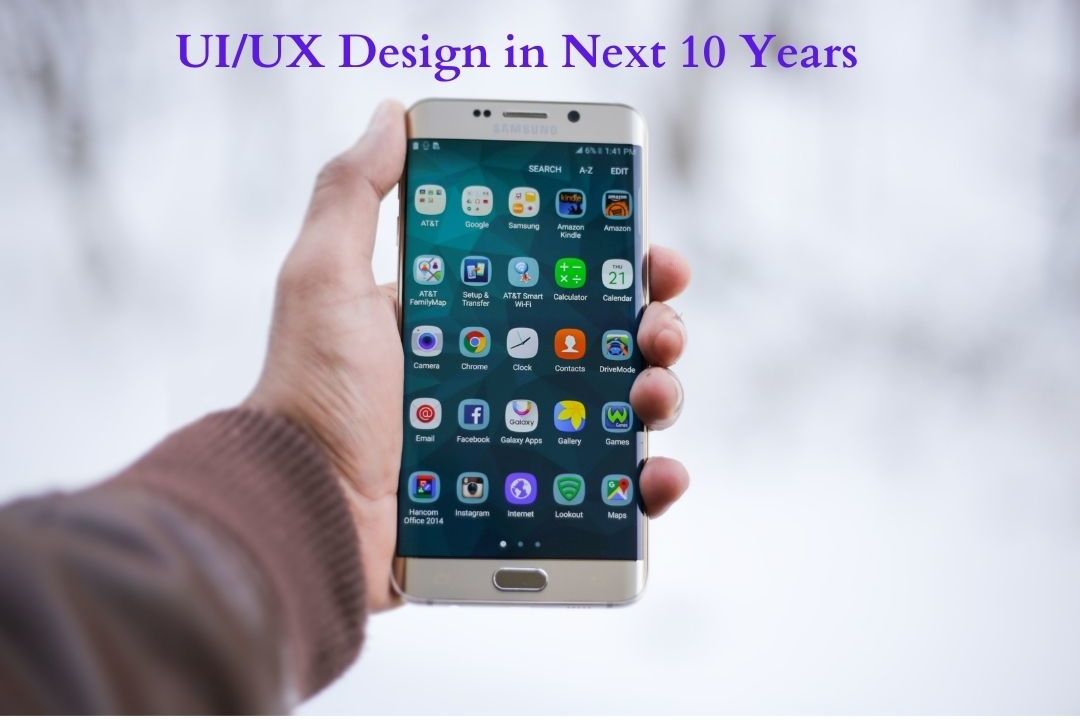
UI/UX in Next 10 Years
UI stands for user interface and the experience of the user is UX. These are words which are interdependent, even without the other, one may not be possible. The design of frameworks and experience are associated. So much so that they are used interchangeably in general and are also used together. The entire process of product acquisition and incorporation includes a UX developer, including branding, design, usability and functional aspects.
It is a process that begins before the user even owns the system. Designing for individual users also means that UX designers come from a number of backgrounds, including graphic design, programming, psychology, and interaction design. With a larger each, you have to concentrate on accessibility and accommodate the physical limitations of some potential users, such as reading small text.
The usual various tasks vary from an ux designer, but they also include user research on the application and the creation of various wire frames, interactive prototypes, and concept testing. These kinds of activities can differ drastically from one business to another, but they can vary dramatically from one business to another. There are certain aspects why UI/UX trends in the next 10 years, with UI we can create an motion graphics. It is abundantly clear that it is simpler to comprehend and recall visual details than the written word. And now that a lot of visual data on social media is already being absorbed by your market, your brand needs to keep up. Graphic design tools such as Adobe After Effects and software programmers for website designers are making it simpler. It is possible to infuse space and time elements into the UI/UX architecture.
Gradients with Low Contrast Gradients, also referred to as color mixing, are a phenomenon that dominated the mid-1990s. And now they are back, we are seeing an standardization around the board with the ux designers and users get the same action as they are expected under the same conduct, they don’t read and they will be having an very little attention of span .Nearly all applications looks the same and only the utility section sticks for it . These kind of activities can differ dramatically from one company to other company to the next, but they often require designers to work for the users and keep and needs of the users at the forefront o all the designers and developing efforts.
That is the reason why the majority of the UX designers work in the user-centered work place in some or the other way, and continues to channel their best-informed efforts until they optimally solve all the related issues and the user needs. user centered place is an incremental method where the users and their experience are recognized as a preliminary step for all creation and implementation. Designers must keep current trends well aware and exploit them wherever possible. You can’t afford to skip them and to design websites that are obsolete. Nor is it going to do you any good to try patterns months after your rivals have.
To Know More about User Experience, Visit our UI/UX Page
